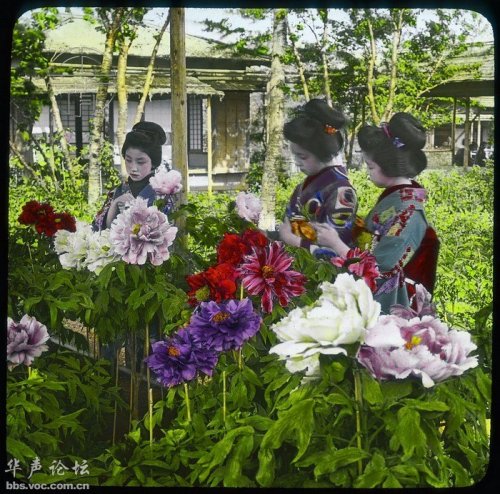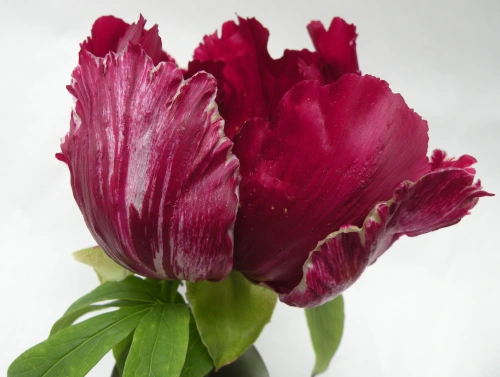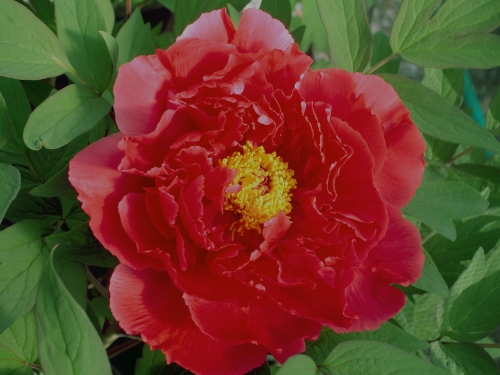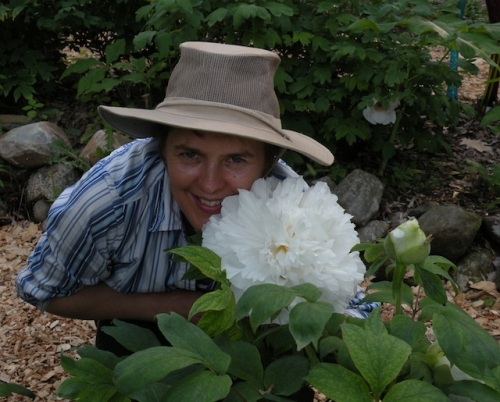Peonies in Japan
At Cricket Hill Garden, we have long specialized in Chinese tree peonies. We have a preference for these because overall we find Chinese tree peonies to be more diverse in form, color and fragrance than their Japanese cousins. That said, any gardener with an interest in tree peonies cannot help but admire the open flower forms, upright growth habit and vibrant colors which characterize Japanese tree peonies.
There is no species of tree peony native to Japan. Historians date the arrival of the tree peonies (known as Botan in Japanese) in Japan to the 8th century CE. Historians agree that it was Buddhist monks, whether Chinese or Japanese is a matter of dispute, that were responsible for transporting tree peonies to Japan. In this context, tree peonies were not seen as an ornamental garden plant, but rather as an important medicinal plant. Tree peonies were part of the great flow of goods and ideas from China to Japan.
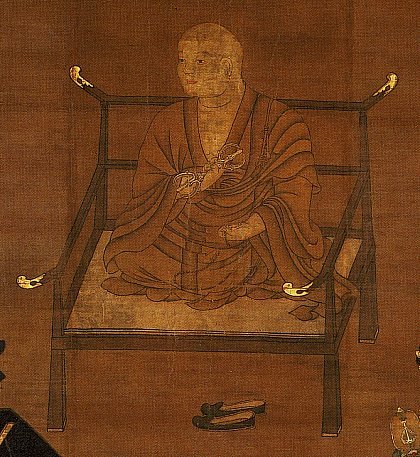
Some accounts credit the great Buddhist monk and scholar Kōbō-Daishiwith initially introducing tree peonies to Japan.
Over the next few hundred years, tree peonies were planted in temple and court gardens as ornamental plants, but it was not until the Edo period (1603 to 1868) that their cultivation became widespread. The advent of grafting as the main propagation technique during this period is largely responsible for the rapid spread of tree peony cultivation. The main center of cultivation and propagation became the cities of Tokyo and Kyoto as well as the western coastal prefectures ofNiigata and Shimane.
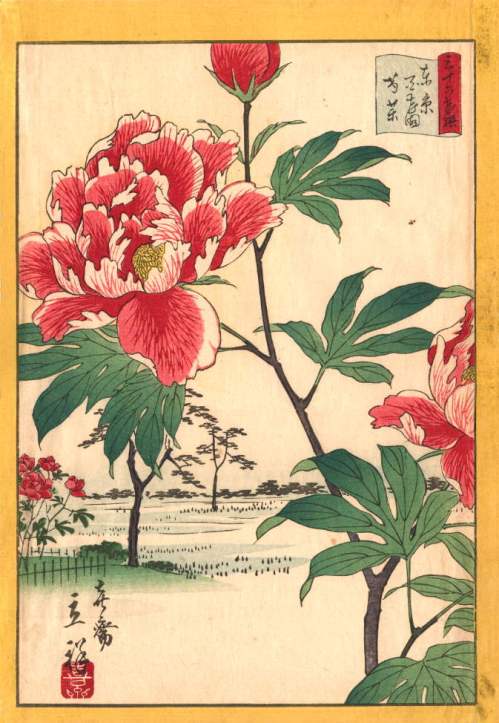
Peonies at Hyakken – this 1866 woodblock print by Utagawa Shigenobu depicts the tree peonies at a famous public garden in Tokyo.
As in China, tree peonies in Japan carry significant cultural symbolism. When depicted in visual art and poetry, tree peonies in Japan represent good fortune as well as a righteous and noble spirit.
Beginning in the mid-19th century, Japanese tree peonies began to appear in western European botanical gardens. By the 1890s, several large nurseries based in Japan were exporting large quantities of tree peonies to both Europe and the United States.

The Yokohama Nursery was know for its large selection of tree peonies, irises and lilies. This nursery exported to the United States from the early 1900s until the eve of World War 2.

A close-up from a beautifully printed Yokohama Nursery catalog, circa 1920. The varieties shown are, from left to right, “Peak of Mt. Fuji” 富士の峰 Fuji-no-mime “Peak of Mt. Fuji” and “Kasane Lion” 重ね獅子 Kasane-jishi.
A little aside: For those who think that tree peonies are expensive, consider that a vintage catalog from Yokohama nursery costs $5,500 from a rare book dealer. Real Japanese tree peonies, priced on our website starting at $79 are cheap by comparison!
From their first introduction into the United States over one hundred years ago, there has been much confusion amongst nursery professionals and collectors regarding the correct identification of Japanese tree peonies. In his 1962 book,The Peonies, the grower John C. Wister gave vent to this frustration:
“Our troubles [in correctly identifying Japanese tree peony cultivars] have been by the carelessness or unscrupulousness of some Japanese nurseryman. The principle exporters of the 1910-1925 era would sell a collection of fifty varieties with fifty different labels and all but two or three plants would prove identical. The same firm would send fifty plants of one special white variety and the flowers would bloom pink, scarlet, and purple.”
Unfortunately, the situation has not improved much since, imported Japanese tree peonies continue to be chronically mislabeled. True to name or not, Japanese tree peonies were important to the tree peony hybridzation done by breeders such as Prof. Arthur Saunders and Nassos Daphnis. These great hybridizers crossed Japanese tree peonies with the species tree peony P. lutea to create the beautiful yellow and apricot tree peonies such as High Noon and Marchioness.
Some cultivars of Japanese tree peonies developed in the 19th century are still in commerce today. As more propagation of Japanese tree peonies is done in the United States the issue of mislabeling has become less severe. At Cricket Hill Garden we guarantee that all of the Japanese tree peonies we sell are true to name. Below are some of our favorite Japanese tree peony cultivars.
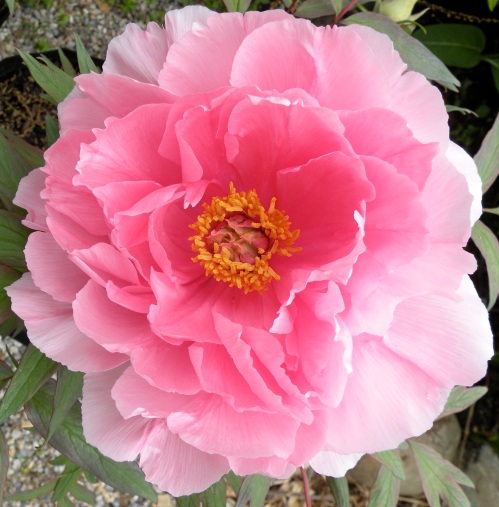
‘Eternal Camellias‘ Yachiyo tsubaki 八千代椿 is a very reliable grower and bloomer.

'Joy of Longevity' 島根長壽樂 Shimane Chojuraku is a cultivar from the famous peony growing island of Shimane.

‘Seven Gods of Good Fortune‘ Shin Shichifukujin is one of our most vibrant dark pink Japanese tree peonies.
In both flower form and growth habit, Japanese tree peonies tend to share a number of morphological traits. This uniformity is probably a result of rather limited genetic heritage of Japanese tree peonies as well as the aesthetic decision made by Japanese peony growers. The shared characteristics of Japanese tree peonies tend to be: large blooms, 8-12” in diameter, upward facing, open semi-double flower forms, and though often less fragrant than Chinese tree peonies, the colors are extremely vibrant. Most shrubs reach 4′ tall and wide at maturity. Japanese tree peonies are more upright and less bushy than Chinese counterparts. The leaves are deeply dissected and many have a purplish green tint.

This plant well illustrates the tendency of Japanese tree peonies to grow in a upright, and not bushy, manner.
There are some notable exceptions to the rule that most Japanese tree peonies are semi-double. A few varieties are fine doubles while there is a whole subset of semi-double flowers which is know as jishi or lion form. There flowers are said to have the look of the tousled, unkempt main of a lion.
In our experience, the majority of Japanese tree peonies are mid-season blooming, flowering after our Chinese tree peonies but before the lutea hybrids. The peak bloom for Japanese tree peonies at Cricket Hill Garden is usually around June 1st.
There is an interesting subsection of Japanese tree peonies known as Kan Botanor ‘Winter Blooming’ tree peonies. This type of tree peony blooms in the spring, and then, depending on the variety, re-blooms from November to January. The flowers in the winter are much smaller and the plant only produces a few leaves. These unique cultivars are said to date to the 1700s.

Winter blooming tree peonies are protected by straw mats in Japan. This photo show a tree peony blooming in a Tokyo park in December!
Winter Blooming tree peonies seems to have been developed to suit the unique climates of certain areas of Japan. We do not know of any growers who have successfully cultivated Kan Botan here in the United States.
This great video shows winter blooming peonies at a flower garden that is part of a Shinto Shrine, Hakozaki Shrine in Fukuoka City, Kyushu, Japan.
In the 20th century, Japanese plant hybridizers such as Toichi Itoh were the first to successfully cross a tree peony with a herbaceous peony, creating a third type of peony known as an intersectional peonies.
Lastly a word on herbaceous peonies. The vast majority of herbaceous peonies are also not native to Japan.
As in China, herbaceous peonies are not held in quite as high esteem as tree peonies in Japan.
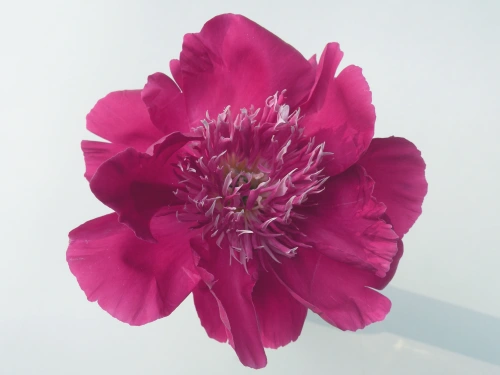
In America, anemone form herbaceous peonies are often referred to as ‘Japanese’ form, most likely because the first herbaceous peonies to flower in this form were initially imported from Japan.

